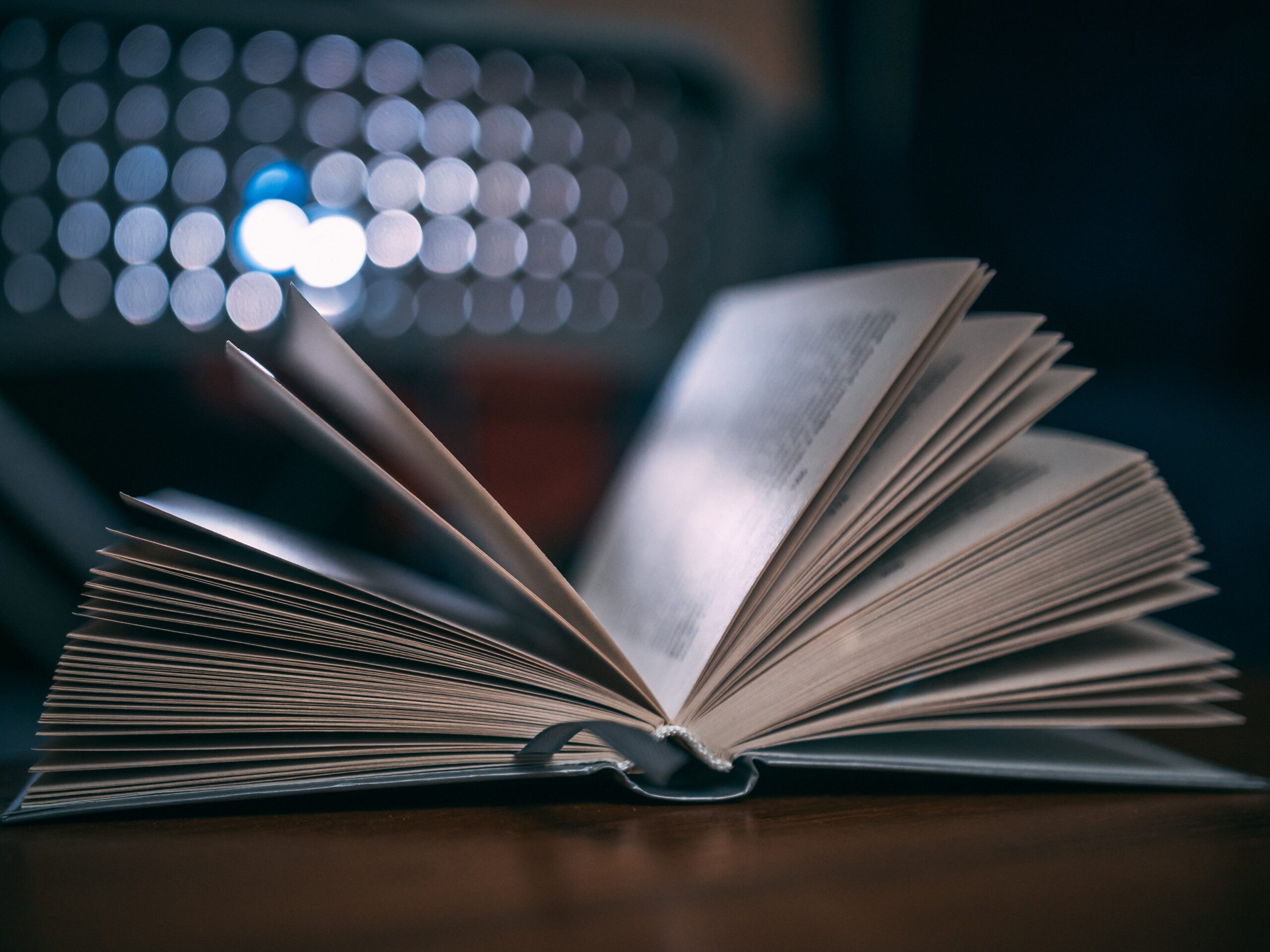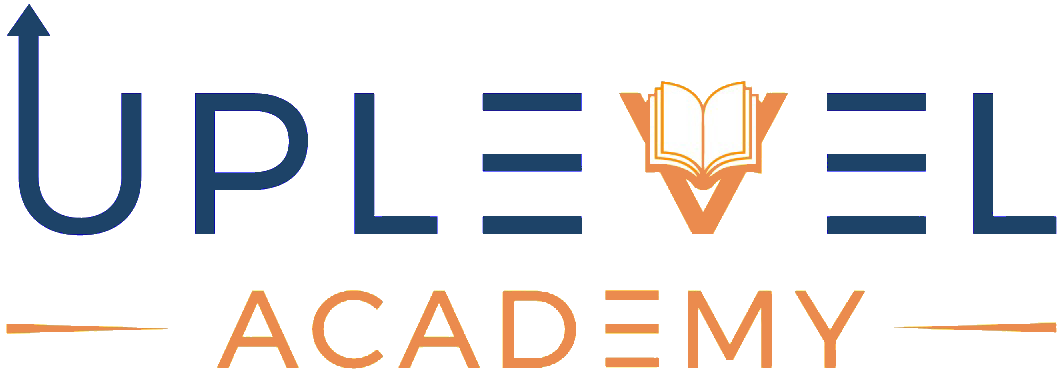Are you going red for dyslexia on the 8th October?
Why red?
Dyslexia was once stigmatised as being a learning disorder synonymous with lack of intelligence, and an inability to learn. Red, similarly was stigmatised, due to red ink being used to mark children’s work. If you saw red strewn all over your book, you knew you made mistakes that were of urgent concern.
But, let’s face it! Red is a brilliant, bold, vibrant colour that is used to symbolise love. So, to celebrate neurodiversity, red has been used to mark the 8th October by ‘Succeed with Dyslexia’.
So, what is dyslexia?
Dyslexia is defined as a learning disability. People with dyslexia find it challenging to read, as they find it difficult decoding words. This because people with dyslexia process language differently. Research from Harvard University has identified differences in the brain. Two key differences are that people with dyslexia tend to have:
- Less grey matter in the left part of the brain. This is thought to cause problems with linking sounds with words.
- An area of the left hemisphere bigger than the same area on the right hemisphere.
What are the signs of dyslexia?
We have most likely heard of the sign: words being jumbled up on the page. However, there are many more signs:
- An aversion to reading;
- Delayed speech;
- Difficulty deciphering letters in speech;
- An aversion to learning the alphabet;
- Difficulty processing information;
- Retention of information.
If you suspect your child is dyslexic, it is important that you speak to someone. If your child attends school, talk to their teachers to see whether they notice anything. You can also ask to speak the school’s SENCO.
If you home-school your child, talk to your GP. They will be able to offer you advice.
Here are three great websites that can support you:
IPSEA is charity that supports parents with children with learning disabilities, including Dyslexia.
https://www.bdadyslexia.org.uk/services/assessments
British Dyslexia Association have lots advice and support on the assessment process.
https://www.bps.org.uk/lists/DIR
The BPS have a list of registered educational psychologists that can assess your child.
Dyslexia is a gift
Do not be afraid to get your child diagnosed if you suspect that they may have dyslexia. Why? It empowers you and your child? How? Everyone’s brain is unique. We are learning more and more about our brains through neuroscience. If your child is dyslexic, their brains are wired differently. By understanding this, you can empower yourself and your child, as you can then tap into the different ways in which your child learns and processes information.
People with dyslexia are typically gifted with:
- Greater visual processing skills:
- Creativity;
- Problem-solving skills;
- Seeing the world differently.
There are many notable people with dyslexia.
Benjamin Zephania, a poet, lyricist, writer and musician is one of the many notable examples of a talented, successful individual, who used their dyslexia to their advantage. If you have not read or experienced his works, then please check him out!

Here is a link to his poignant article on growing up with dyslexia. He, unfortunately, grew up in a time when it was not widely known, and when there was still a lot of stigma.
https://www.theguardian.com/commentisfree/2015/oct/02/young-dyslexic-children-creative [Accessed 05/10/2020 at 21:17 hrs]

Albert Einstein, theoretical physicist and genius, is testament to the fact that dyslexia does not equate to a lack of intelligence! Dyslexia was a gift to Einstein; it enabled him to think outside the box and to come up with solutions in the scientific world.
Here is an article which breaks down Einstein’s dyslexia:
https://www.dyslexia.com/famous/albert-einstein/ [Accessed 05/10/2020 at 21:20 hrs]
How to support your child?
If you suspect that your child has dyslexia, here are some tips in which you can nurture your child at home:
- Break down information. Do not give your child a list of things to do. Instead, break it down into manageable parts;
- Use different coloured paper to work on. Blue paper seems to help many children with dyslexia. You can also change the background colour on computers when your child is using it to work on;
- Use coloured overlays. You can buy physical overlays; or, you can have some fun and put them in a pair of goggles for your child to use;
- Read along with audio-books;
- Break down words into syllables as much as possible to give your child many opportunities to hear the different sounds;
- Give your child lots of positive reinforcement and encouragement.
Conclusion
Celebrate neurodiversity this October 8th by wearing red! Let’s remove the stigma of dyslexia (and red ink) by being bold!
And check out ‘Succeed with Dyslexia’:
